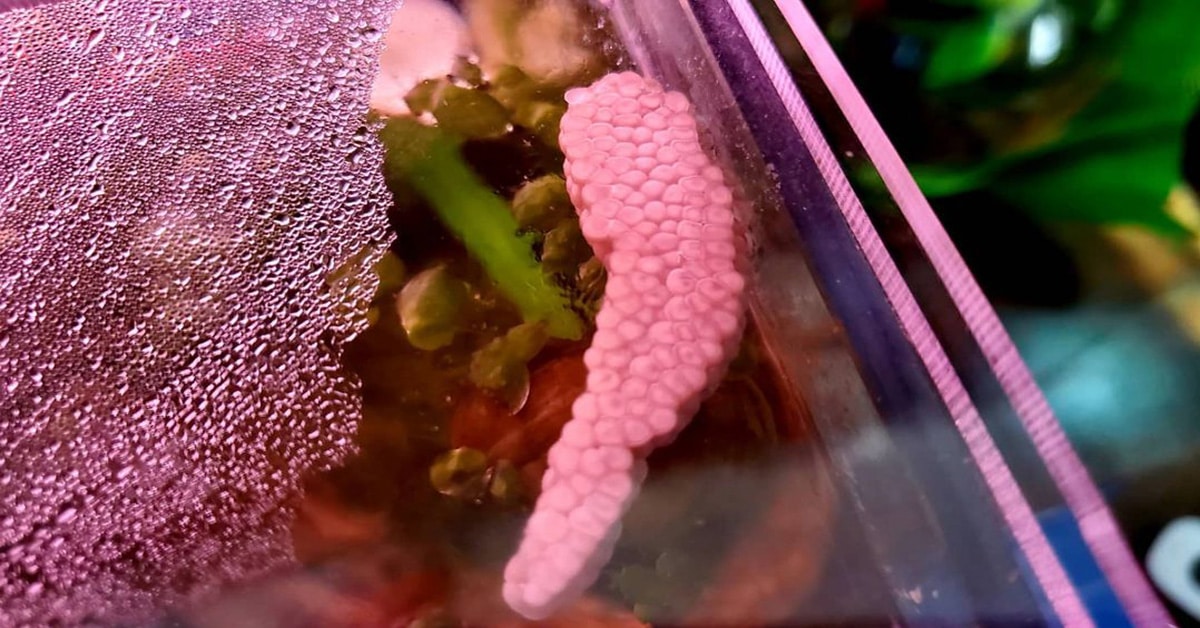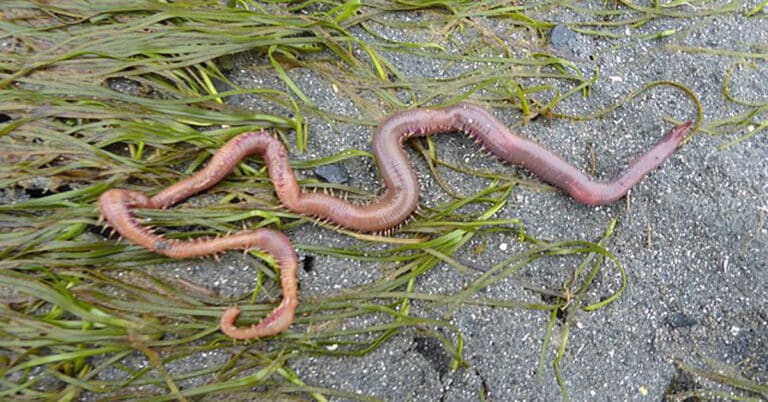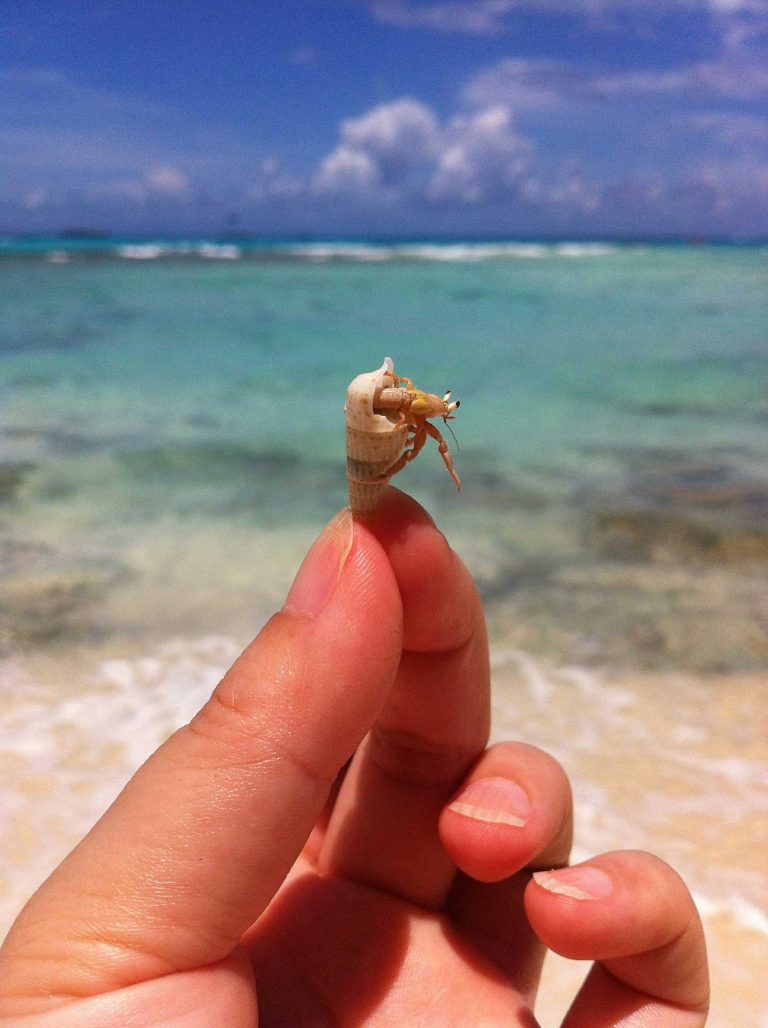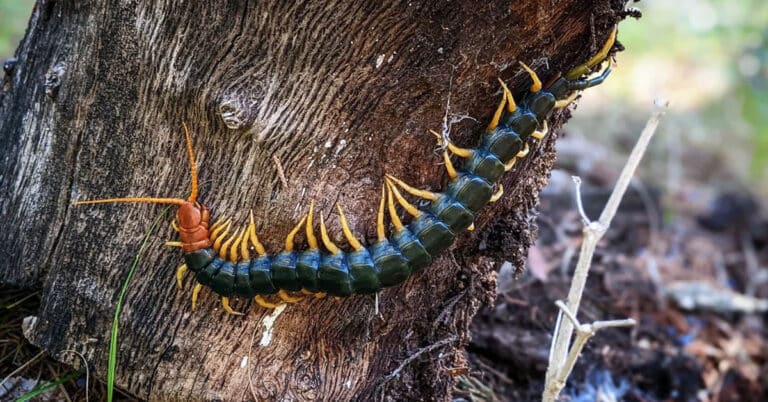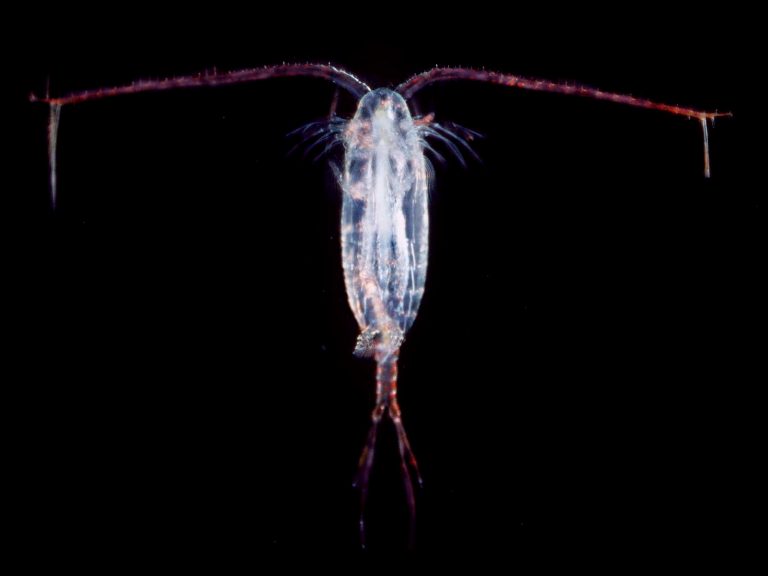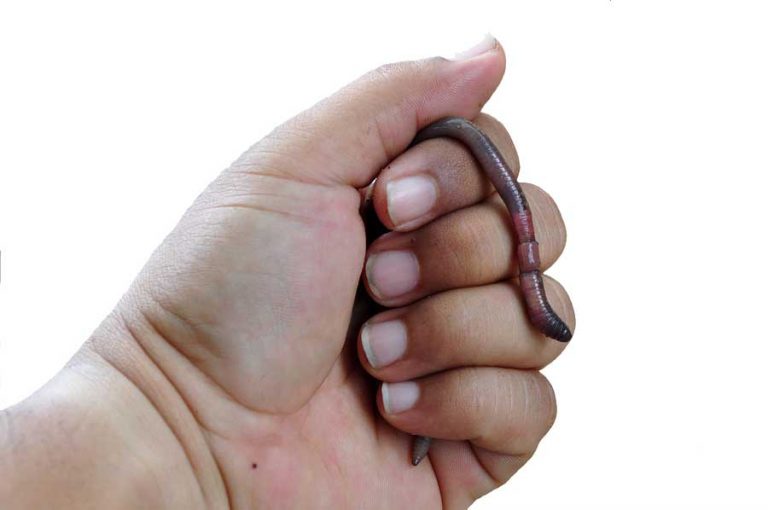Mystery Snail Eggs – All About Care, Hatching and More
Have you ever come across a clutch of mystery snail eggs? These tiny, translucent orbs hold a world of intrigue within their delicate confines.
Observers are left wondering about the life developing within, as these mystery snail eggs encapsulate the beginning of a mysterious journey. As the eggs gradually transform into juvenile snails, the veil of secrecy surrounding their growth deepens.
In this article, we will aid you in unraveling the riddles concealed within mystery snail eggs that offer a glimpse into the captivating world of aquatic life.
What Process Leads to Mystery Snail Egg Laying?
It’s a frequent myth that mystery snails are hermaphroditic, which means they can switch between male and female, fertilize and lay eggs, and reproduce asexually, or without mating. The males and females of mystery snails, however, are different from one another and unable to change since they are dioecious.
The truth is that if you just have one mystery snail and she has produced a few clutches of eggs, it is doubtful that she will produce additional clutches of eggs in the future if she is not mated. If you start to see young snails, we can claim that the mystery snail you put in your tank was carrying fertilized eggs from a prior mating encounter.
Female mystery snails are capable of preserving biological material for months, and if they decide to begin producing mystery snail eggs, they are likely to do so in many clutches. Females will wait to lay eggs until they believe the conditions are ideal. This implies that she might surprise you after you get a female situated in a tank with healthy settings.
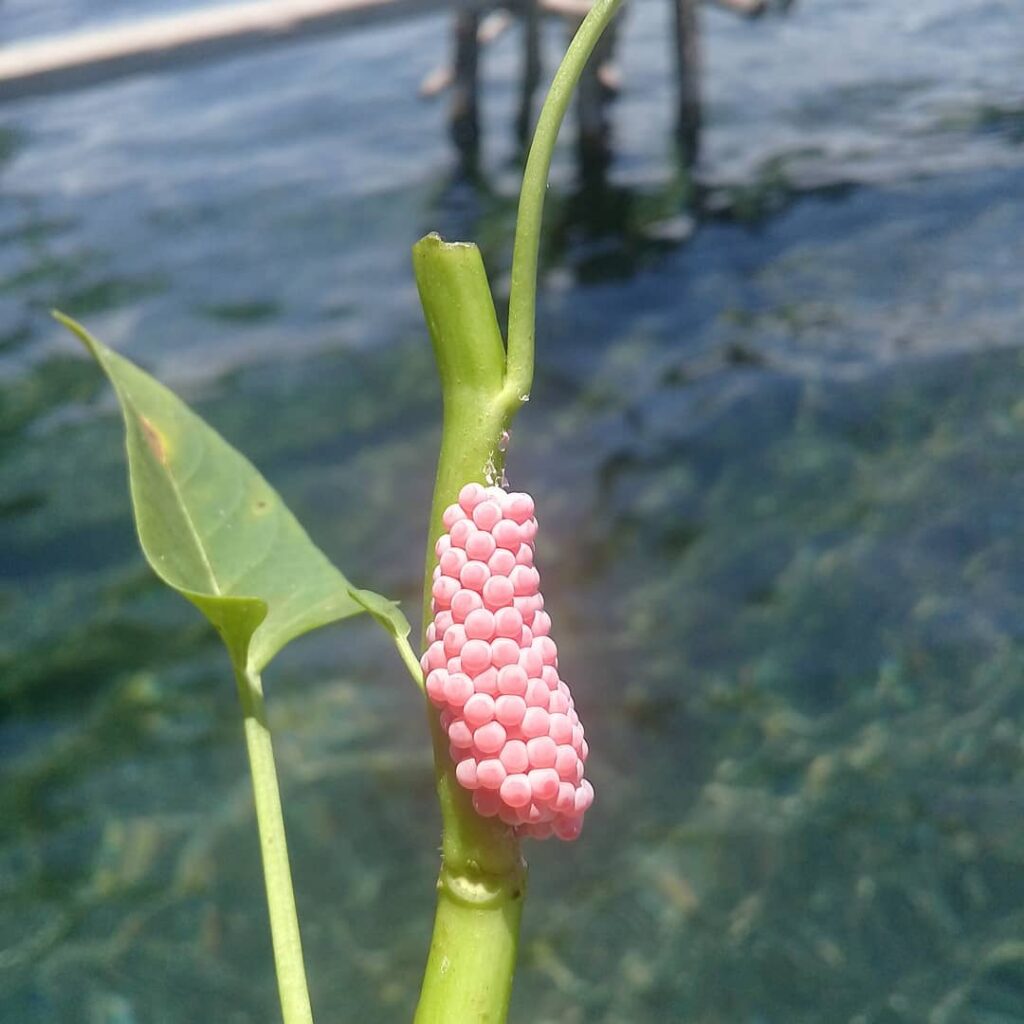
Appearance of Mystery Snail Eggs
Egg clutches from mystery snails are delicate pink in color and typically rather long and slender. As mystery snails lay their eggs above the surface of the water, it is typically advised that you leave 4 inches of space at the top of the tank above the water line.
The underside of the tank hood, within filters, on walls, and even on electrical lines are just a few examples of unexpected places where mystery snails have been known to lay their eggs when they are unable to fit inside the tank. Keep in mind that even if you don’t intend to hatch the group of eggs, ensure a safe spot for your female mystery snail to lay her eggs.
How to Determine the Fertility of Mystery Snail Eggs?
Mystery snails frequently lay sterile eggs. It is therefore wise to be aware of the fertility of the eggs you intend to hatch. Understanding the stages of the hatching cycle is essential for determining the viability of your mystery snail eggs.
The first thing you’ll see is a cluster of pearl-sized eggs that are a pale pink or whitish color. If the texture is delicate, you may be fortunate enough to observe it during the first 24 to 48 hours. The eggs’ color will almost certainly transition to garnet brown after a week, and the shell will harden significantly.
You won’t see much change over the next 2 weeks, and the texture and color of the egg will essentially stay the same. You could notice that the clutch starts to get a little slimy around the third or fourth week in some circumstances. Additionally, almost all eggs will develop a grayish color with a black center.
Mystery snail eggs won’t change color and may even turn white if they are infertile. To test the egg’s fertility, you have to wait until the third week. It is a sign of infertility if you don’t notice any changes in the color of the eggs.
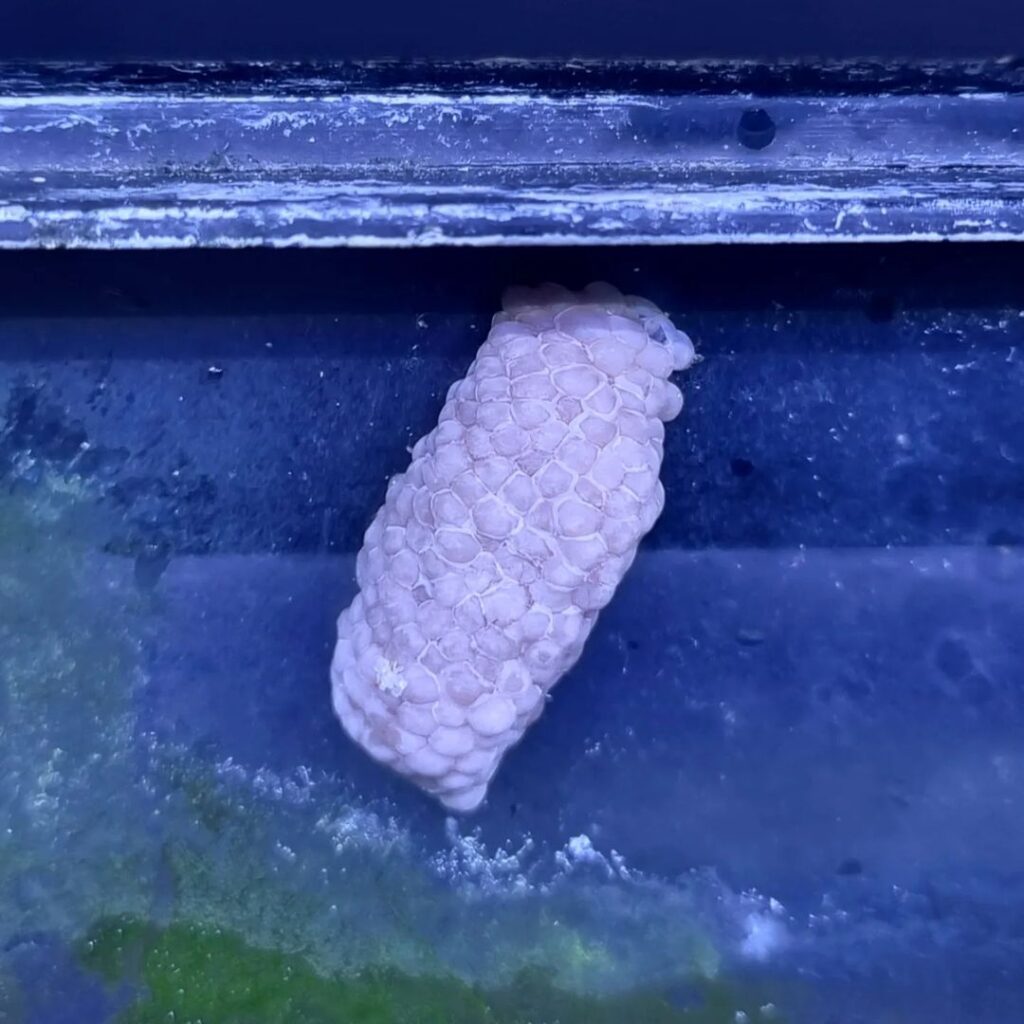
How Long Do Mysterious Snail Eggs Take to Hatch?
The amount of time that mystery snail eggs take to hatch is greatly influenced by the temperature of the water. The eggs will hatch between 15 and 24 days if the aquarium heater’s thermostat adjusts to 73°F, which is likely to be the same temperature as the air directly above the tank. Your eggs will hatch in 9-12 days if the temperature is set to 78°F.
A mystery snail may be searching for the warmest spot for her eggs to develop quickly if she deposits them directly next to the aquarium’s lighting unit. They could hatch in as little as 8 days if they stay moist.
How to Hatch Mystery Snail Eggs? 4 Simple Steps to Follow
1. Ensure there is enough humidity
To prevent the clutch from drying out and failing to hatch, you have to maintain a high humidity level. You can do this by using a mister or an aquarium heater. What is a humidity indicator? Condensation indicates humidity when it occurs. The tank should be warmer than room temperature to create condensation while using a heater.
This is possible, but you aren’t supposed to set the temperatures in goldfish tanks to, say, 78 degrees, especially in the summer. Therefore, since you may reach high humidity levels without changing the temperature, you should choose to utilize an aquarium mister.
Mister may be suctioned to the side of the tank by placing it about 2 inches beneath the water. By adjusting its position in the water, you can adjust the mist’s intensity. The most important thing is that you have a lid, regardless of the option you select. The humidity is captured by a cover, creating a secure space for the development of your eggs.
2. Remove the eggs
Before attempting to reposition the clutch, give it at least 48 hours. In contrast to earlier, when it was extremely pale pink, it now appears darker and slightly clearer.
When the mystery snail eggs are getting close to hatching, they start to get fragile. Therefore, you don’t want to wait too long. You have to relocate the clutch if you keep goldfish or other fish that would consume newborn snails. Otherwise, all of the young fish would simply become victims of your fish if you allowed them to hatch directly into the tank.
The least harmful method for transferring eggs is typically to gently rotate them with your fingers from side to side until the shell breaks. A razor blade is another option, although it can ruin the eggs on the bottom layer. However, an egg sack can contain anywhere between 50 and 100 eggs, so it’s not a major concern.
3. Transfer to the hatching spot
Until they emerge into the world, your mystery snail eggs will spend the following few days in the hatching spot. You can leave the eggs where they are, but as we’ve already indicated, doing so increases the likelihood that the infants will be eaten if they hatch in the tank. Due to the extreme humidity, there is also a chance that the clutch will fall into the water.
The slotted top is ideal since it prevents mystery snail eggs from falling in while still allowing for easy humidity access. Amazingly, the slots in it are large enough to allow water to enter but prevent tiny infants from getting out.
Moreover, the breeding box can be attached to the tank’s edge to prevent it from floating into the filter. Keep in mind that if you leave your eggs in the water at this point, they will drown.
4. Ready to hatch
If the offspring can fit into the crevasses when they hatch, they may fall into the breeding box on their own. It’s interesting to note that they are initially born approximately the size of a sesame seed.
Alternatively, you can gently touch the clutch underwater in the breeding box to release the baby snails if they appear extremely gray and moldy and you can see them emerge. Due to the food’s nutritional value, make sure to include the shell fragments.
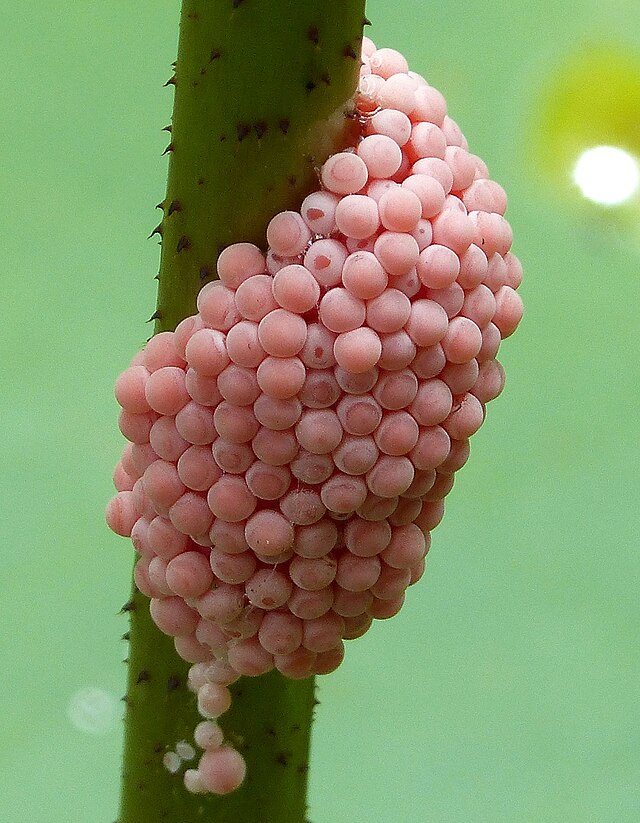
How Do I Raise Baby Mystery Snails?
Mysterious snail infants have tiny shells that are barely 2.5mm across when they first emerge from their egg clutch. To raise the majority of youngsters to adulthood, you might need to do so in a different tank if there are fish in the tank that eat snails, as they will likely consume many of the infants. An aquarium with a simple sponge filter and a capacity of 5 or 10 gallons would work best for this.
The only essential requirement for young mystery snails is adequate algae. Studies have demonstrated that if they have enough algae to eat, they have an increased likelihood of surviving than if they are forced to eat other items like fish meal. Algae wafers, like those generally fed to plecos and other algae eaters, can be used to supplement their diet if there aren’t enough algae growing in your aquarium.
Conclusion
All in all, mystery snail eggs offer a captivating glimpse into the intricate world of aquatic life. Their unique appearance and the process of their development and hatching provide insights into the life cycle of these creatures and their role in aquatic ecosystems. Whether observed by hobbyists in a home aquarium or studied by scientists exploring their behavior, mystery snail eggs remain a fascinating and enigmatic aspect of nature!

Nato is a content writer and researcher with a background in psychology who’s eager to explore the wonders of nature. As a travel enthusiast and animal lover, she hopes to inspire others to discover and cherish the beauty and importance of the natural world.

